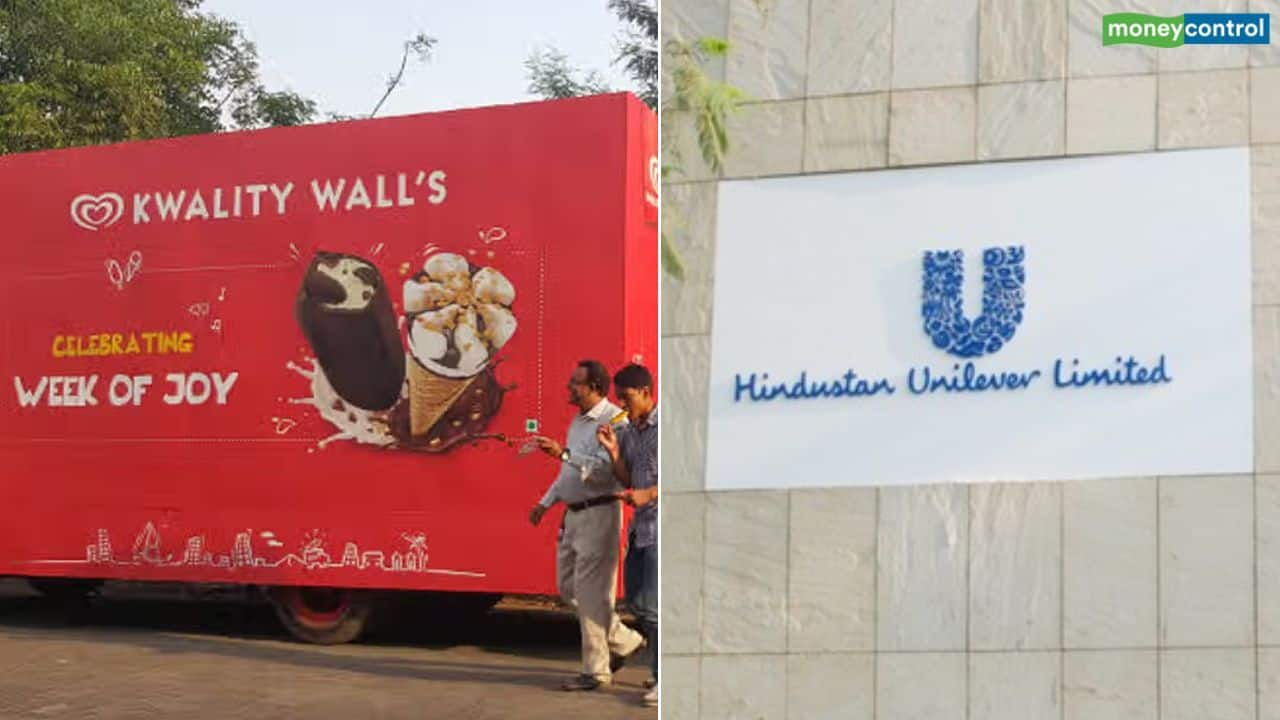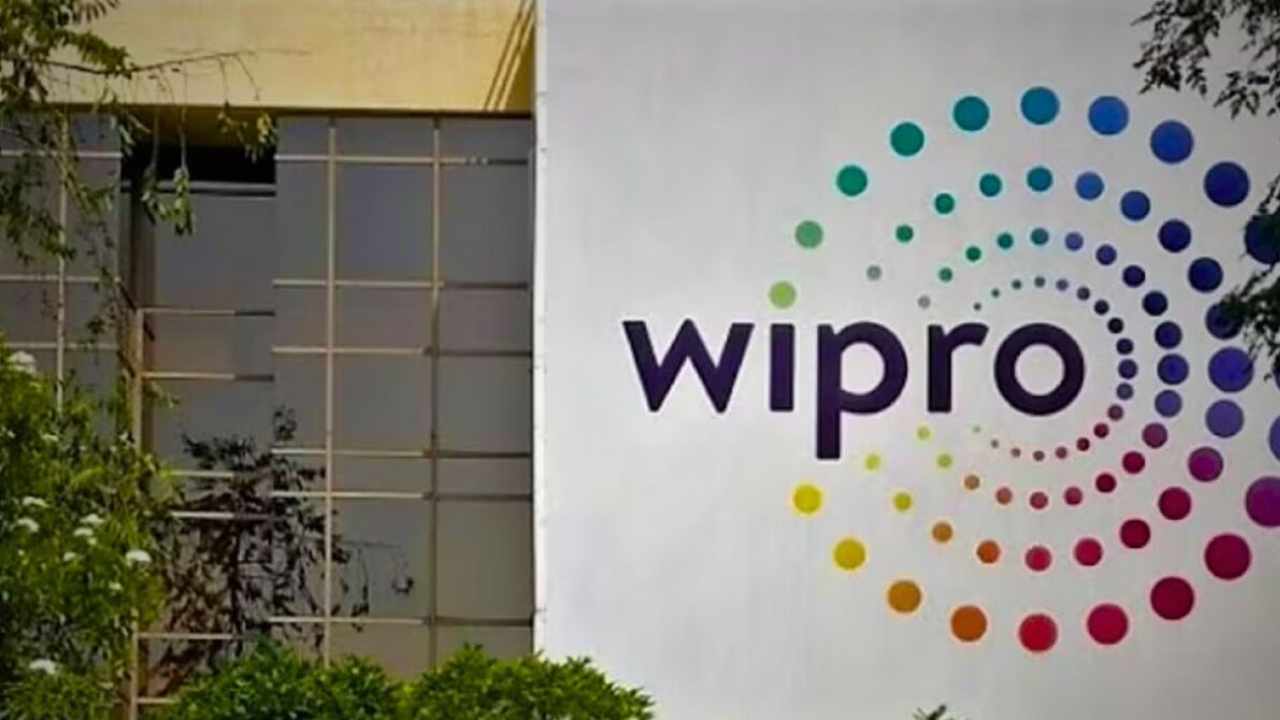Overview of Hindustan Unilever’s Ice Cream Business
Hindustan Unilever (HUL), a leading player in the Fast-Moving Consumer Goods (FMCG) sector, has recently captured the attention of its investors with positive developments regarding its ice cream business. The company’s stock surged, marking it as one of Nifty’s top gainers and reaching a new 52-week high—all due to growing optimism surrounding its ice cream segment. This article explores why HUL’s ice cream business is significant for its shareholders and what lies ahead for the company.
The Importance of HUL in Everyday Life
HUL is a household name in India, offering a wide range of products that cater to daily needs. While Unilever, an international behemoth, owns a substantial stake in HUL, the company’s operations often reflect local aspirations and market dynamics. Recently, investors were relieved when Unilever decided not to divest its tea business in India and Indonesia, emphasizing the strong market potential for tea in these regions.
Strategic Developments in Ice Cream
In March 2024, Unilever announced plans to separate its global ice cream business. In response, HUL established a committee of independent directors dedicated to exploring the prospects of its ice cream segment. This move signifies heightened focus on a market that, while only contributing to 3% of total sales, is seen as ripe for expansion.
Growth Potential of the Ice Cream Market
Why is HUL’s ice cream business so crucial? The answer lies in the remarkable growth trajectory of the ice cream market in India, which has recently surged by 15% annually. Factors contributing to this growth include:
- Urbanization: As more people move to urban areas, the demand for modern food options like ice cream continues to rise.
- Quick Commerce: The advent of quick commerce platforms like Blinkit and Zepto has revolutionized the way ice cream is delivered, making it possible for customers to enjoy ice cream at home within minutes.
- Market Discrepancies: While a high percentage of consumers in India still prefer to enjoy ice cream outside (around 93-95%), this presents an untapped opportunity for home delivery services, akin to trends seen in other countries.
Understanding the Competitive Landscape
HUL is positioned as the second-largest player in the Indian ice cream market, with Amul leading the sector. The competitive scene is also crowded with regional players and Direct-to-Consumer (D2C) brands, which intensifies the need for HUL to innovate and expand. HUL’s acquisition of Aditya Milk’s ice cream business in 2016 illustrates its commitment to capturing a larger share of this promising market.
Future Directions for HUL’s Ice Cream Segment
The committee set up by HUL is analyzing various strategies for enhancing the ice cream business. There are primarily two potential paths:
| Option | Description |
|---|---|
| 1. Public Listing | If Unilever fully separates its global ice cream business, HUL’s Indian ice cream segment could also become a publicly listed entity, providing investors with the choice to invest further or divest. |
| 2. Transfer and Sale | Alternatively, transferring the ice cream business to a new subsidiary before selling it to Unilever could generate cash for HUL, which could be invested elsewhere or returned to shareholders as a special dividend. |
Investor Sentiment
Market sentiment seems to lean towards the first option, where investors could benefit from a rapidly growing sector. This optimism is reflected in the recent surge in HUL’s share prices, indicating strong confidence from shareholders looking to capitalize on the forthcoming changes.
Conclusion
HUL’s ice cream business exemplifies the intersection of growth potential and market opportunity. With strategic decisions on the horizon, shareholders are eager to see how the company leverages its ice cream segment to drive value. The unfolding scenario promises exciting developments, and investors are keenly watching to make informed decisions about this hidden gem in HUL’s portfolio.












